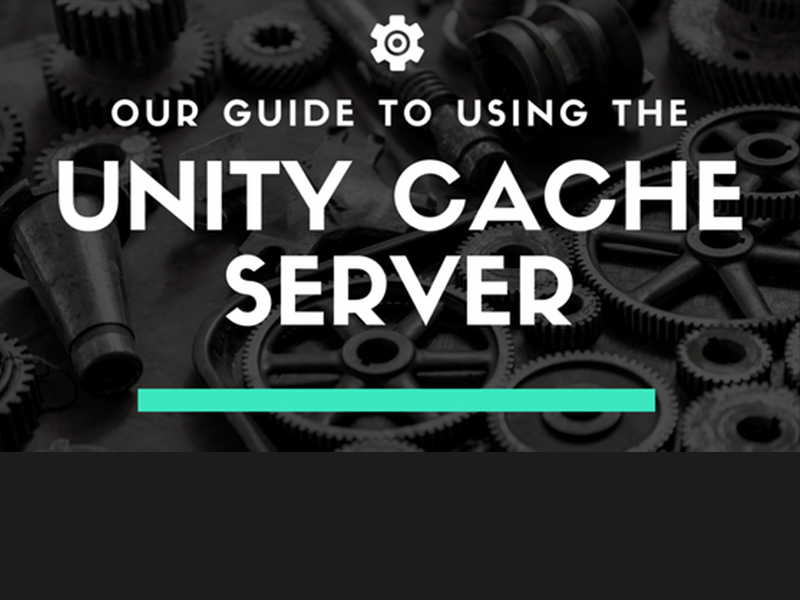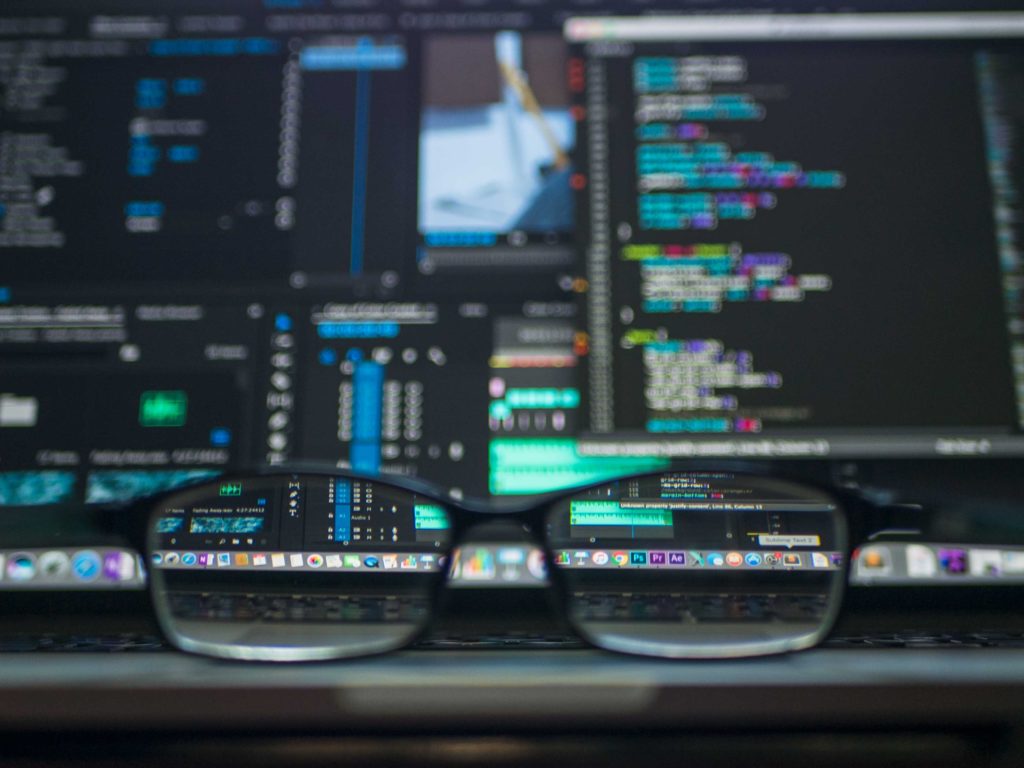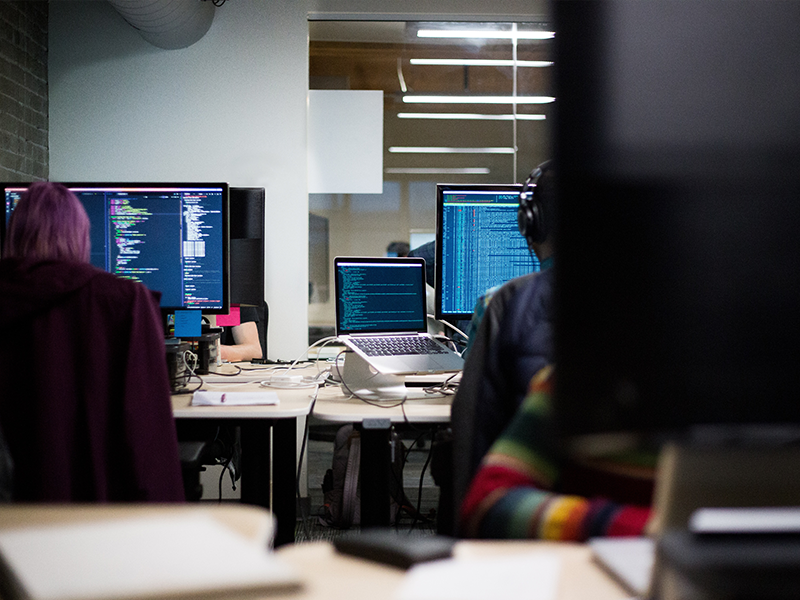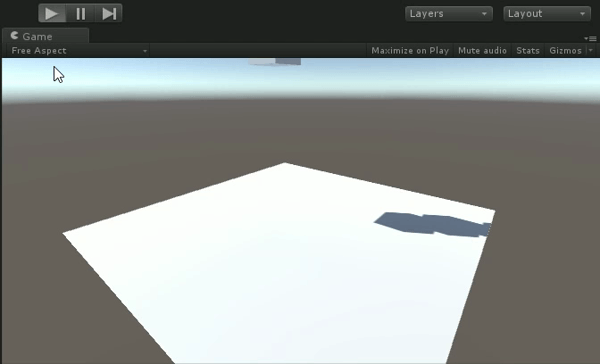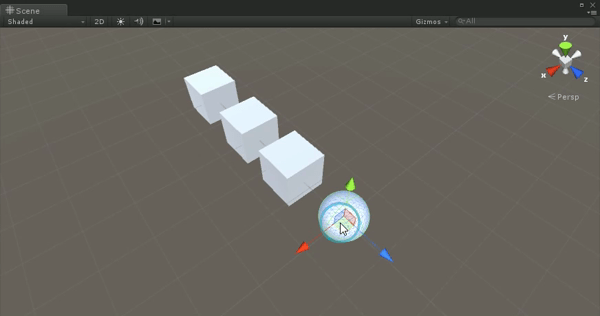You can do wonderful things with your Unity editor via scripting. For instance, you can write a script to populate your scene with random objects. All you need is a method of executing those scripts. Let’s talk about how to put your scripts into any menu. For this purpose, we will use MenuItem annotation and write […]
Executing Custom Scripts from Unity’s Menu



